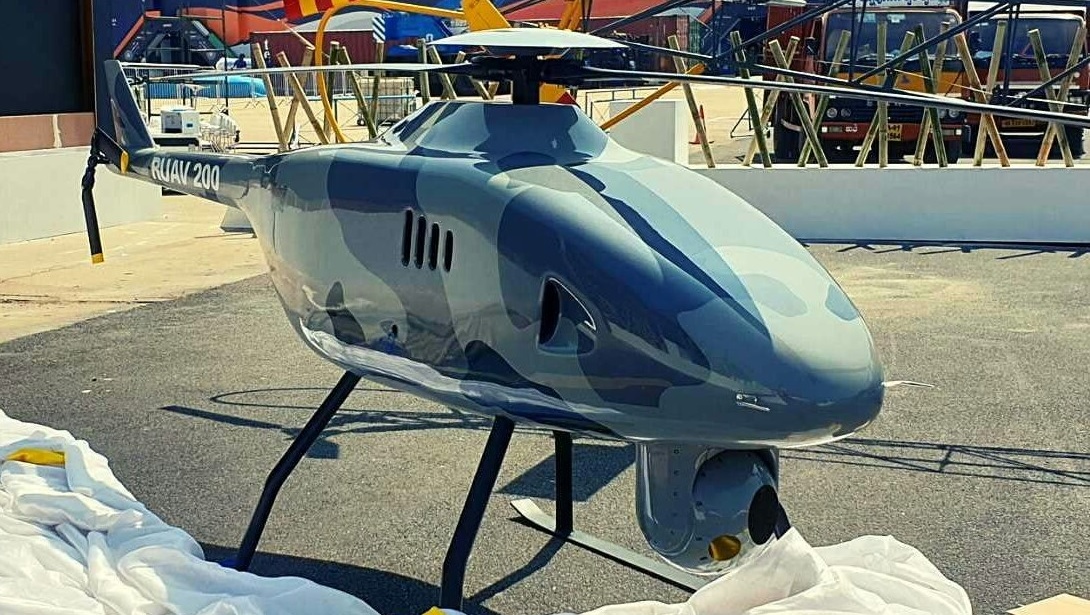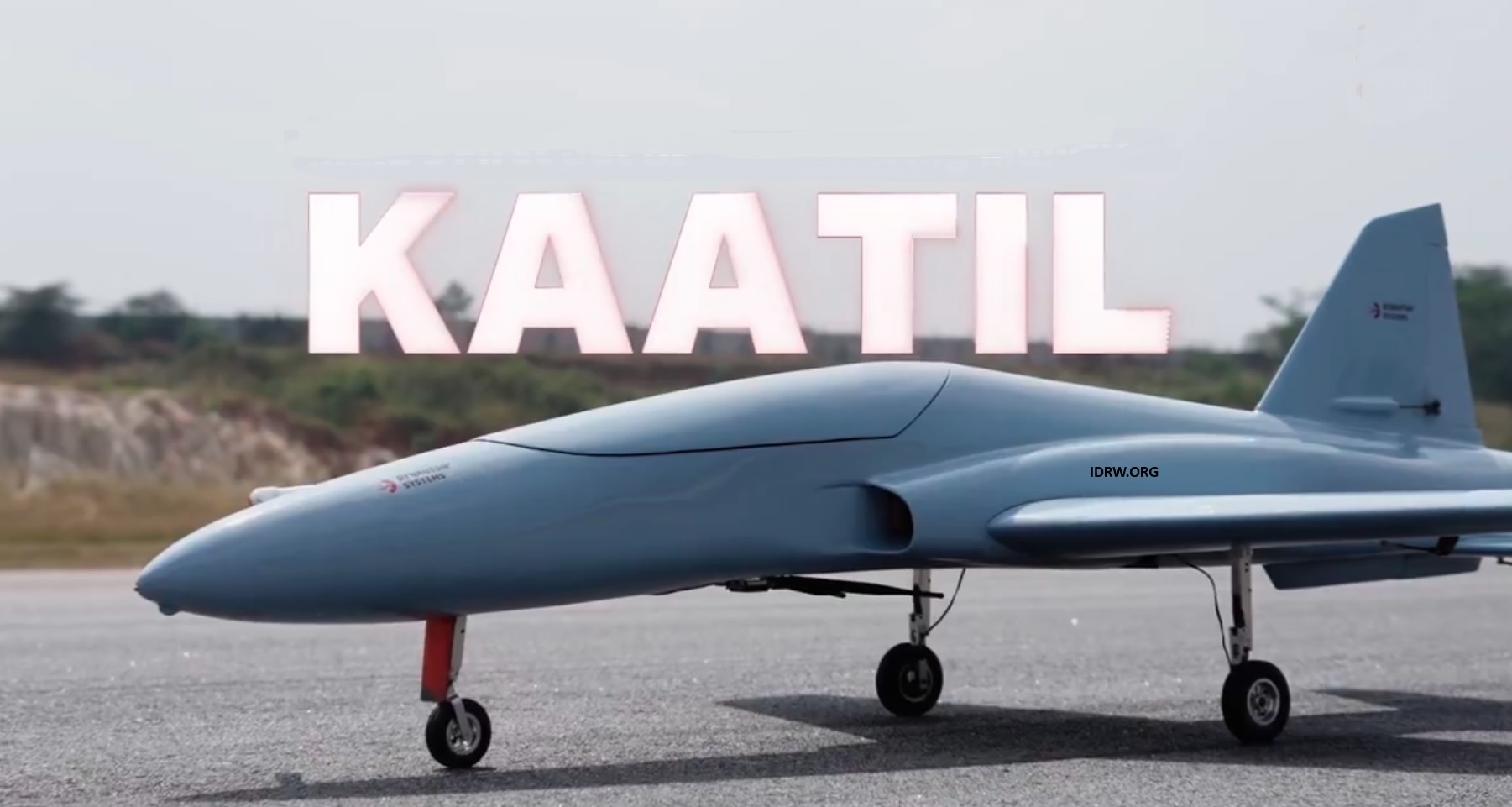Taiwan's Huilong Unmanned Submarine: A Closer Look at its Hidden Torpedo Launch Capabilities

Recent developments in Taiwan's defense technology have captured significant attention with the revelation of the "Huilong" unmanned underwater vehicle (UUV). Spotted docked in a floating dry dock, the Huilong has taken center stage, especially after images surfaced showing two torpedo launch tubes on its bow. This new evidence suggests that Taiwan’s defense sector is advancing more rapidly than anticipated, particularly in unmanned submarine technologies.
For a long time, the Huilong project had been shrouded in mystery. The unmanned submarine, jointly developed by Taiwan's National Chung-Shan Institute of Science and Technology (NCSIST) and Lungteh Shipbuilding, had undergone sea trials before, but its exact specifications remained speculative. However, recent photographs have offered the clearest indication yet of its combat potential, confirming that the Huilong is equipped with torpedo-launching capabilities—potentially transforming the platform from a mere research vessel into a legitimate military asset.
Key Specifications of the Huilong UUV
The Huilong UUV is approximately 30 meters in length, with a beam of around 6 meters. Displacing about 100 tons, it’s compact for a submarine, but its agility and capabilities make up for its smaller size. Initially designed as a test platform to validate underwater technologies and to aid in Taiwan's exploration of unmanned naval systems, the Huilong's combat features are a surprising addition.
During its earlier sea trials, the bow of the Huilong was notably covered, and the vehicle exhibited an odd floating stance. This led observers to speculate that it wasn’t fully equipped yet. However, during the second trial, the vessel looked more refined, suggesting that its torpedo-launching system had been installed. The recent dry-dock photos show two square-shaped torpedo tubes at the bow, aligned symmetrically. One of these tubes was seen with its hatch open, and nearby were two yellow U-shaped cradles—likely used for loading or testing torpedoes. These features have fueled speculation that the Huilong is not merely for research but potentially geared for defensive or combat roles in the future.
The Huilong Project: Taiwan's Ambitious Naval Goals
The Huilong is the result of a project that began in 2020 as part of Taiwan’s broader goal to increase domestic defense capabilities and marine resource utilization. Officially completed in late 2023, the UUV stands as a testament to Taiwan's growing competence in both military and civilian maritime technologies.
While the Huilong's primary designation is to serve as a test bed for scientific and technological experiments, its modular design hints at a far greater potential. Experts believe that the platform could be used for diverse roles, including coastal defense, reconnaissance, and even anti-submarine warfare. The ability to launch torpedoes significantly expands its tactical flexibility, making it more than just a technological demonstration unit.
The UUV’s modularity is a key feature, allowing it to be adapted for different missions depending on Taiwan’s evolving defense needs. It also reflects Taiwan’s strategy of integrating civilian and military technologies for dual-use applications, ensuring that the country’s maritime sector grows both technologically and strategically.
The Growing Field of Unmanned Submarines
The Huilong isn’t the only unmanned submarine making waves in defense circles. Similar projects are taking place globally, as countries rush to develop autonomous systems capable of launching underwater attacks.
The KRONOS SUB, for instance, is an Italian unmanned submarine that also boasts torpedo-launching capabilities. Developed by the DRASS Group, it is designed for fully autonomous operations, offering a glimpse into the future of underwater combat.
China, too, has entered the race with its UUV-300CD. Like the Huilong, it can carry torpedoes and conduct long-endurance missions autonomously, adding a significant layer of complexity to undersea warfare.
These developments highlight the rapid evolution of naval warfare technologies, where unmanned systems could potentially replace manned submarines in certain tactical scenarios. The emergence of torpedo-launching UUVs is especially noteworthy, as it could change the dynamics of naval conflicts, providing countries with stealthy, automated strike capabilities.
What’s Next for the Huilong?
The Huilong may still be officially classified as a research and test platform, but its recent unveiling suggests that Taiwan could be preparing for more than just technology trials. With its newly confirmed armament capabilities, the Huilong could easily transition into a tactical role in Taiwan's defense strategy.
In a region where tensions are high, particularly with China's growing naval presence, unmanned systems like the Huilong will likely play a crucial role in safeguarding Taiwan’s territorial waters. As more details about its capabilities emerge, the Huilong will be watched closely not only by defense analysts but by regional powers looking to assess Taiwan’s growing military edge.
In conclusion, Taiwan’s Huilong UUV represents more than just a technological milestone; it’s a symbol of the country’s ingenuity and its efforts to enhance national defense through cutting-edge, autonomous systems. While primarily a research tool for now, the recent revelation of its torpedo-launching capabilities may mark the beginning of a new chapter in unmanned naval warfare.



